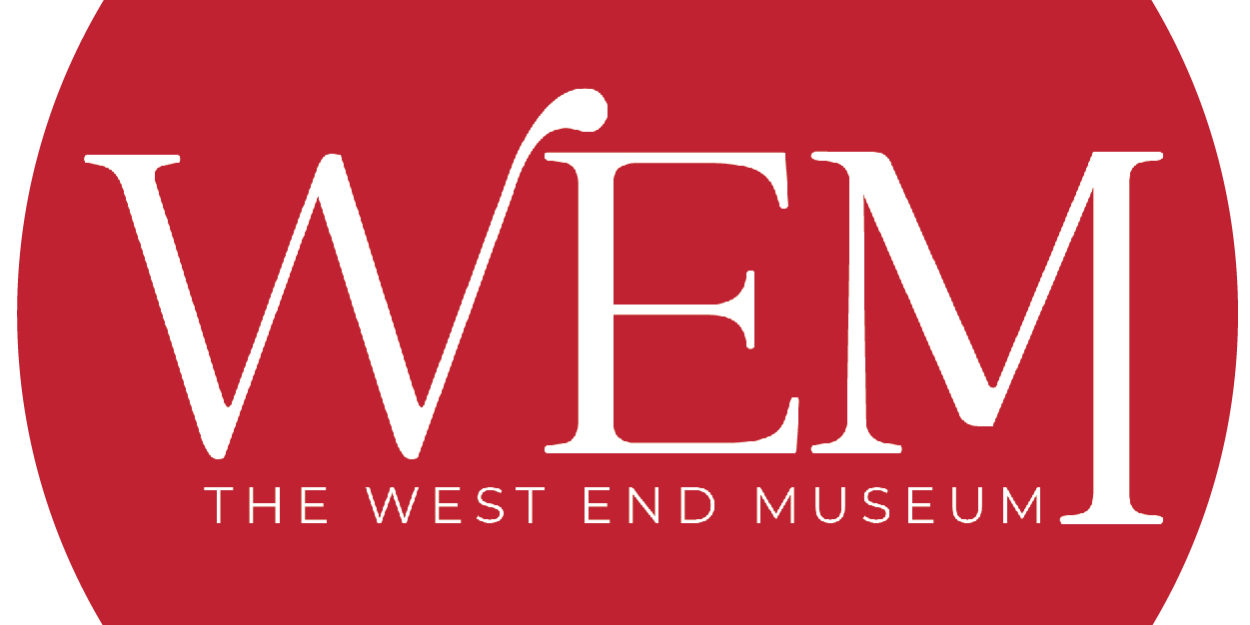John Woolf: Profile of a Photographic Artist
John Woolf has built up years of experience in photography, but every great artist is inspired by someone. In John’s case, it was his older cousin in New York – a photographer and member of a photo club – who sparked his interest in the field. His cousin’s photo club worked with color film, and artists would show and critique one another’s work. John’s older brother was also a photographer, and when John began to dabble in his early 20s, he would borrow his brother’s camera.
In college, John originally wanted to be a filmmaker. He abandoned that aspiration, because he got frustrated by the primitive editing techniques of the time and realized he didn’t enjoy the heavy collaboration and extensive fundraising that movie-making required if one was to be successful. He opted to pursue still photography instead, which allowed him to work both creatively and independently. John says that if he were 25 now, he might go for filmmaking again because of the decreased cost of production, but ultimately, he’s glad he stuck with still photography.
After graduating college, John began working at the Museum of Fine Arts. In addition to the experience he had gained with his brother’s camera, he took a photography course at the MFA School. He built his own dark room, continued to work at the MFA as a projectionist, and eventually became an apprentice in the photography studio. It took 10 years before he finally felt prepared to really work on photography independently. John photographed artwork for the MFA for 15 years and gained a lot of compositional inspiration that he applied to his own artistic photography.
His interest in the West End, which led to the creation of the Before the El Came Down series of photos and current West End Museum exhibit, stems from the fact that his grandmother grew up there. She lived in Scollay Square, which was torn down as part of “urban renewal” to build Government Center. John grew up hearing stories about the charmed old neighborhood and found the culture very interesting. He also enjoys night photography, especially when it involves his specialties: architecture and landscapes.
John took the El photos on his first digital camera, because he wanted to try his hand at colored night photography, a difficult prospect with film because the colors get distorted. He was attracted to the area of the West End El and North Station not only because he knew they were being torn down, but because of the “funky, ominous quality of the area, the strange quality of the light, and the interesting structure of the tracks.” When taking and editing the photos, he drew inspiration from film noir. He wanted that look, but in color, hence his coining the term “color film noir.” He saved the pictures for 15 years and just re-edited them in the fall of 2017.
Twenty years ago, after 15 years of working with film for his commercial and art photography, John decided to make the switch to digital in its early days. By then, he was head photographer at the MFA. He initiated the museum’s transition to digital, making the MFA one of the first art institutions to go there. He now works in management for the museum, but still does some photography, maintains photo software and equipment, and approves material that goes out to the public. His romance with photography is far from over.


